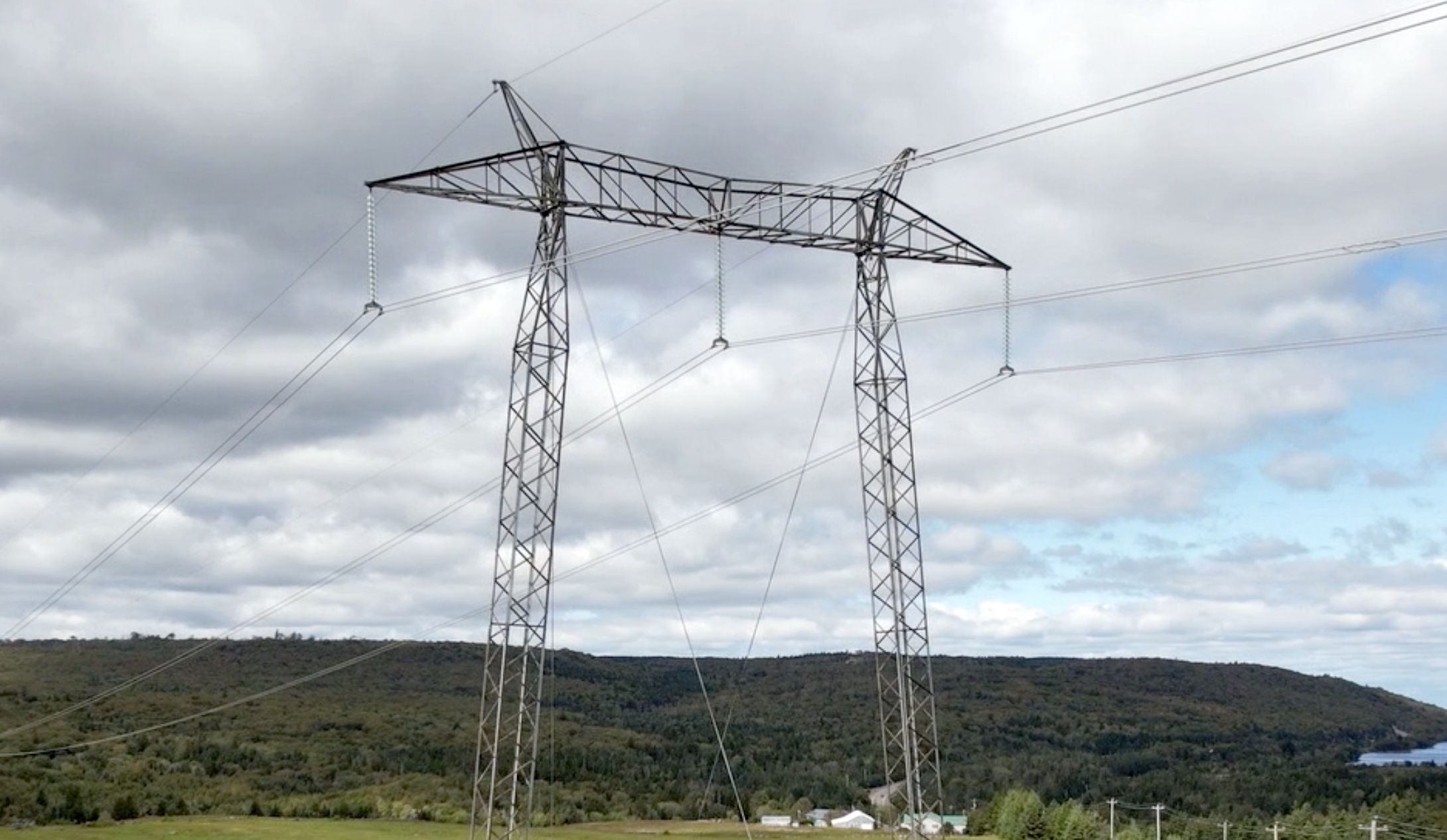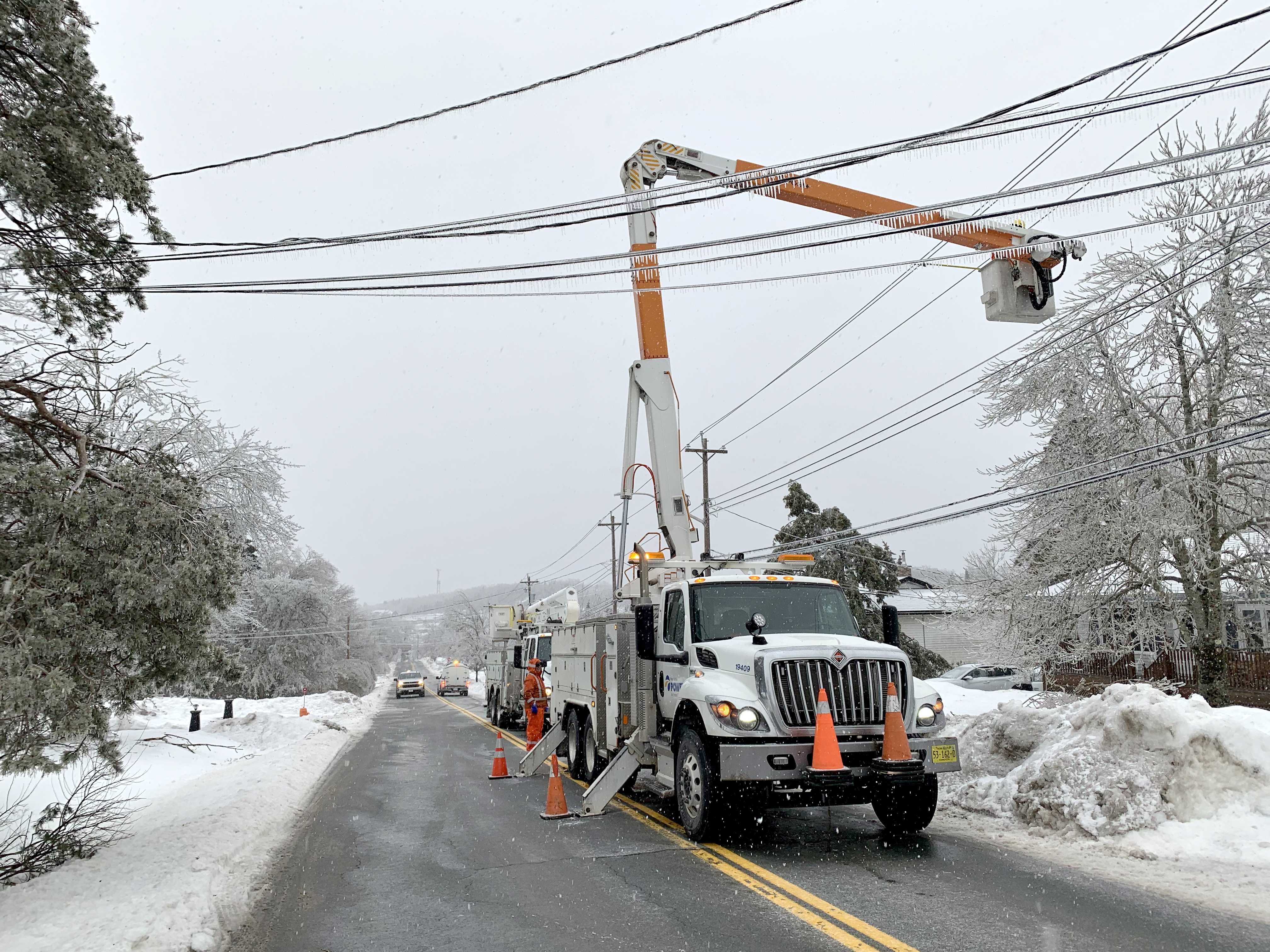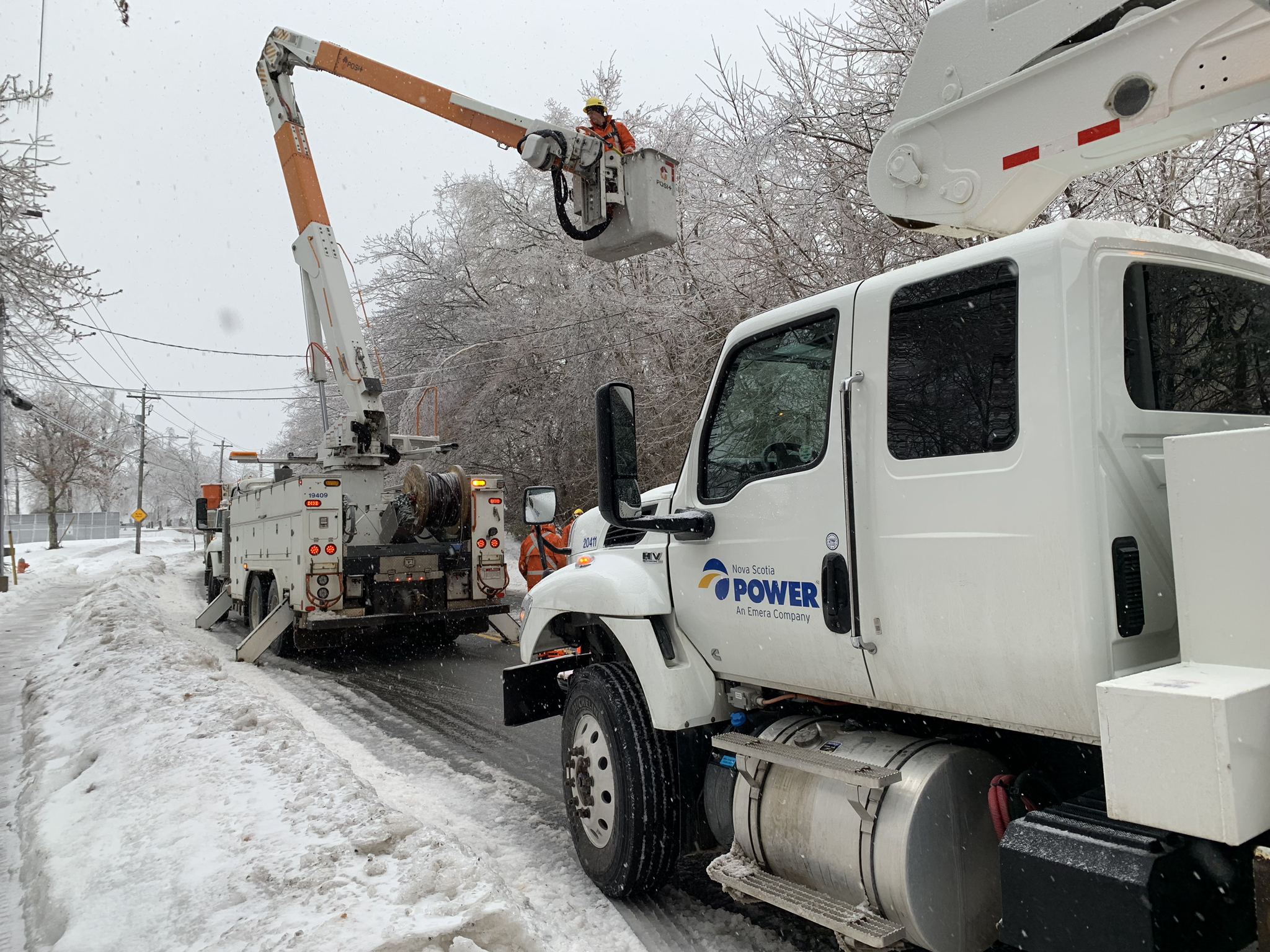You Asked, We Answer: Preventing Power Outages & Strengthening Our System
We rely on electricity to power our lives—especially this year, as more of us have been working from home. And when power outages happen, it can be frustrating and disruptive.
Last year, Nova Scotians experienced an average of 2.7 outages. That’s similar to the frequency of power outages in other Atlantic provinces—but we still have work to do.
When the power goes out, you often reach out to us with questions. It’s why for this week’s You Asked, We Answer, we’re featuring Reliability Engineer, Julius Mantolino and Forestry Manager, Trevor Beaton.
They’re answering your question: “what are you doing to prevent power outages?”
From tree trimming, to upgrades to our infrastructure, to new technology, there’s a lot that goes into keeping the lights on and strengthening our electrical system—for today, and the future.
Julius: This is an important question—especially since we’re experiencing more storms and high wind than ever before. Preventing outages and making sure our transmission and distribution system can stand up to weather that’s getting
worse over time is critical. Every time we build new lines and infrastructure, we’re considering how we can build and design them differently based on our changing weather. In 2019, we experienced 150 hours of wind that exceeded 80 km/hour.
To put that in perspective, we had only 20 hours of this level of high wind in 2009.
Trevor: Trees are the leading cause of power outages. And it’s typically high wind that causes them to fall into our lines. Nova Scotia is one of the most forested regions in North America. It makes our province a beautiful place to live,
but it brings challenges—especially as we’re seeing more extreme weather. Our vegetation management crews work across the province to keep trees away from our lines.
Julius: Data is the key to improving reliability for customers. It drives everything we do and allows us to be one step ahead and pinpoint problem areas that need maintenance, upgrades or new equipment. Decisions on how we invest in our system
are guided by outage statistics, data and constant equipment monitoring.
Trevor: Data is so important for our tree trimming work, too. We look at trends and predictive analytics to plan our vegetation management work—where are we seeing more frequent outages? What areas haven’t been trimmed in a while and
are likely to cause problems? It’s all about making strategic choices so we can be as effective as possible.
Julius: We’re becoming more resilient and more innovative every day. We have to be. It’s all part of our climate change action plan. We’re upgrading our power grid through large scale equipment replacements and repairs across
the province—and we’re also modernizing it for the future. Smart meters are a great example. They’ll help us better understand how our customers are using electricity—including when they lose power.
Trevor: You might not think of tree trimming as an innovative part of the business, but exploring new technology is an important part of what we do. Right now, we’re using digital mapping technology and remote sensing to see the position
of trees against our lines. This is huge as it gives us precise information on the proximity of trees to our lines and can reduce the amount of manual patrols.
Julius: We need to evolve our grid and do things differently, and technology is an important part of that. It’s why we’re exploring smart grid technology through the Smart Grid Nova Scotia pilot. We’re learning about how batteries in our customers’ homes can help us store and use more renewable energy—and provide reliable back-up power in the event of an outage. We’re building an energy
future for Nova Scotia that’s reliable—and cleaner and greener, too.
To learn more about our commitment to delivering reliable electricity, including how we’re investing in our electrical system, visit nspower.ca/reliability.
Share This Post:





